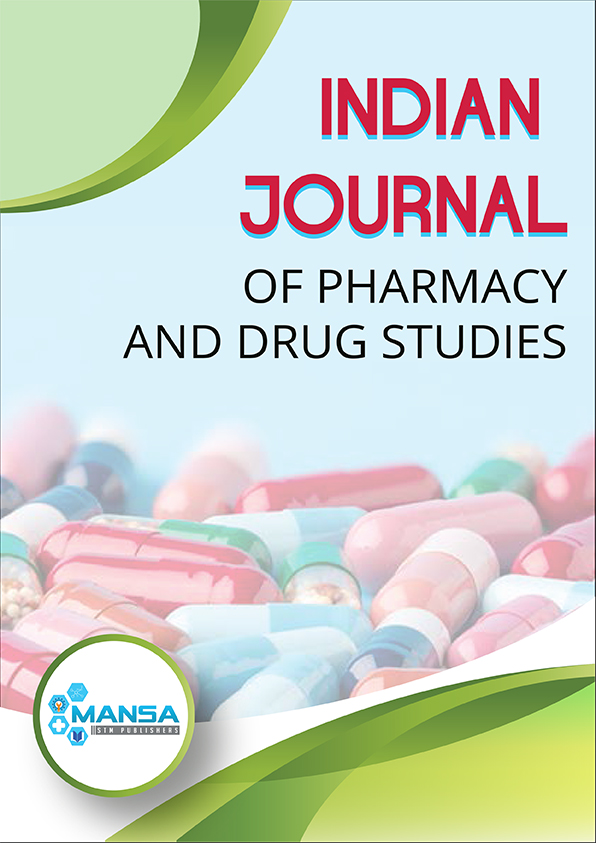Characterization of Liquid Oral Containing Lycopene Phytosomes for Improved Absorption
Keywords:
Lycopene, Liquid Oral, Anti-Oxidant, Nutraceutical, PhytosomesAbstract
Objective: Owing to life style modifications and use of Nutraceuticals present study was aimed to develop stable and controlled release oral liquid containing lycopene phytosomes for better therapeutic activity. Tomatoes are consumed raw or in the processed forms like Ketchup, Sauce, Soup and salad. The global lycopene market size was valued at $107.2 million in 2020, and is projected reach $187.3 million in 2030, registering a CAGR of 5.2% from 2021 to 2030. It has several medicinal properties, which has increased its demand in the Nutraceutical market. Method: Extracted lycopene was complexed with phospholipid (1:1) to form phytosomes and subjected to pre and post evaluations of liquid oral nanosuspension (LPS1 to LPS4) containing different concentration of Sodium Carboxymethylcellulose, and Hydroxy Propyl Methyl Cellulose K4M. Results: Acceptable results were seen for pre evaluation for FTIR, DSC compatible studies and post evaluation like pH(4.4 to 5.1), viscosity (15.2 to 42.2 cp), Drug content (96.5 to 98.8%), specific gravity (1.1042 to 1.1062), Particle size(450.5 to 594.5nm) and zeta potential (-21.2 to -23.2) respectively. Conclusion: Overall LPS3 was found to be better and stable formulation containing 10ml of 1% HPMC K4M as suspending agent. Anti-Oxidant property was found comparatively same for plain and complexes of lycopene, difference was found for duration of antioxidant activity which can be correlated with in-vitro dissolution studies.
Downloads
Downloads
Published
Issue
Section
License
Copyright (c) 2023 Viresh K Chandur, Ramakrishna Shabaraya A

This work is licensed under a Creative Commons Attribution-NonCommercial-NoDerivatives 4.0 International License.




